Sara Piccinini, born in 1983, is the new director of Reggio Emilia’s Collezione Maramotti, one of Italy’s leading contemporary art collections, where works by the greatest artists from the mid-20th century to the present day stand out. Piccinini has worked at the Reggio Emilia institution since 2007 (i.e., since its opening) and has therefore seen it come into being and grow, leading up to her new post. We interviewed the young director, who explained what will be the approach that will distinguish her direction, anticipated some of the upcoming projects, and in general told us about the goals that animate the prestigious collection. The interview is edited by Ilaria Baratta.
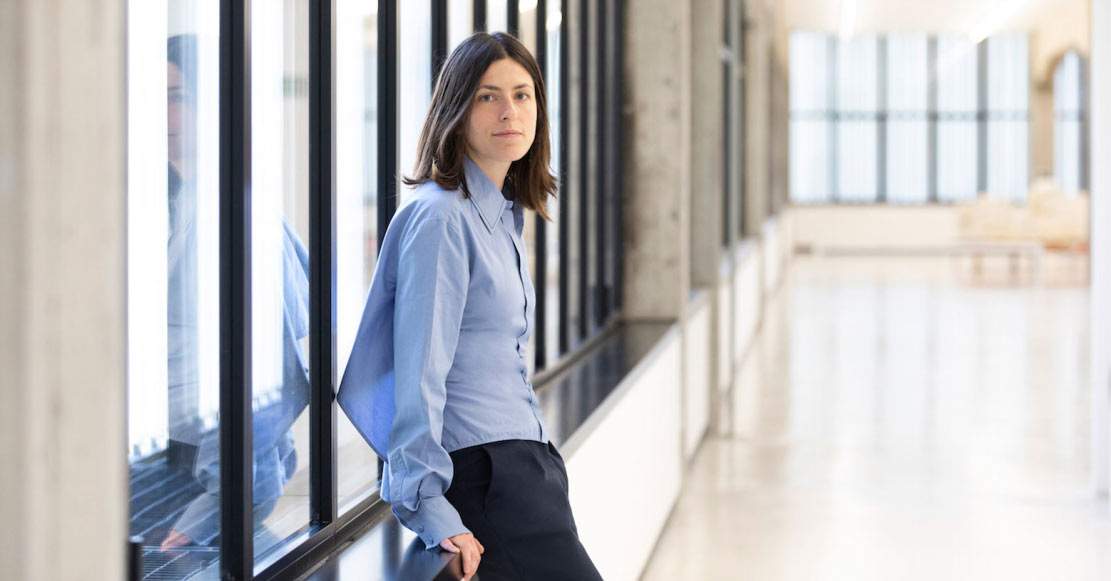 |
| Sara Piccinini. Ph. Bruno Cattani |
IB. As of January 2021 She is the new director of Collezione Maramotti, among the most prominent contemporary art collections in Italy, but she is actually celebrating her fourteenth year at the exhibition venue. In fact, she has been working here since 2007 and has been Senior Coordinator of the Collection since 2018. What does it mean for you to have become director of a museum where you have already spent many years of your life and therefore know very well? During these years what have been the evolutions and changes in the Collection?
SP. Beginning my journey at the time when the Collection itself took shape and opened to the public gave me a great opportunity to closely follow every event, every challenge, and to grow constantly. The Collection has a number of peculiarities, with respect to how it is used, how it is communicated, how it is organized internally, as well as in terms of planning. The management and enhancement of these specificities is certainly something that also becomes possible thanks to an experience of years and the sharing of a vision, which is that of a family. I think that the evolution of the Collection over the years has been organic, coherent: most of the temporary projects have been configured as contemporary explorations in the field of the pictorial medium, a common thread that connects the entire collection, from the first works exhibited in permanent (which date back to the late 1940s) to the present day. Just as there has always been a great attention to intercepting moments with traits of innovation, rupture, and momentum in the research of an artist, a figure who occupies a central position in the Collection: his voice, his direct relationship with collectors and the Collection staff, his involvement in all aspects of the realization and presentation of projects. As a reality with strong roots in the territory and an international vocation, over the years we have strengthened and expanded our network of collaborations, both locally, for example, with the Fondazione I Teatri or the Festival of European Photography, and abroad, from the Whitechapel Gallery, where we are a partner, together with Max Mara, in the Max Mara Art Prize for Women, to the numerous institutions with which we have entered into connections for loans of works or entire exhibitions, or whose patrons, directors and curators groups we have welcomed.
What line will you follow in the direction of the Collection? What points do you consider fundamental to the direction of a museum venue?
Picking up on my first answer, I think it is very important, especially in a reality like ours, to fully understand and somehow make our own an approach, which is that of the family that strongly wanted the creation of this space and with consistency of thought wants it to be carried on and shared. We are not a public museum, we are a private collection open to the public (free of charge). There are no pretensions to exhaustiveness, to linear reconnaissance of the contemporary art scene; it is a mirror of a personal history of collecting that began in the 1960s and continues today. We are not interested in high numbers in terms of visits, which since the opening and regardless of the post-covid situation have been by reservation and quota. We do not organize guided tours, but take visitors on a path of discovery, which is different for everyone. The desire is to offer passionate and motivated people an intimate, personal experience, a slow time dedicated to alarte. Ways of telling the story change and evolve, they have done so throughout the years and with the situation caused by the pandemic, with the reflections it is posing on the present and the future, they are changing even more rapidly. But the philosophy behind a place, an exhibition reality such as ours, cannot change radically, it would mean somehow betraying its identity.
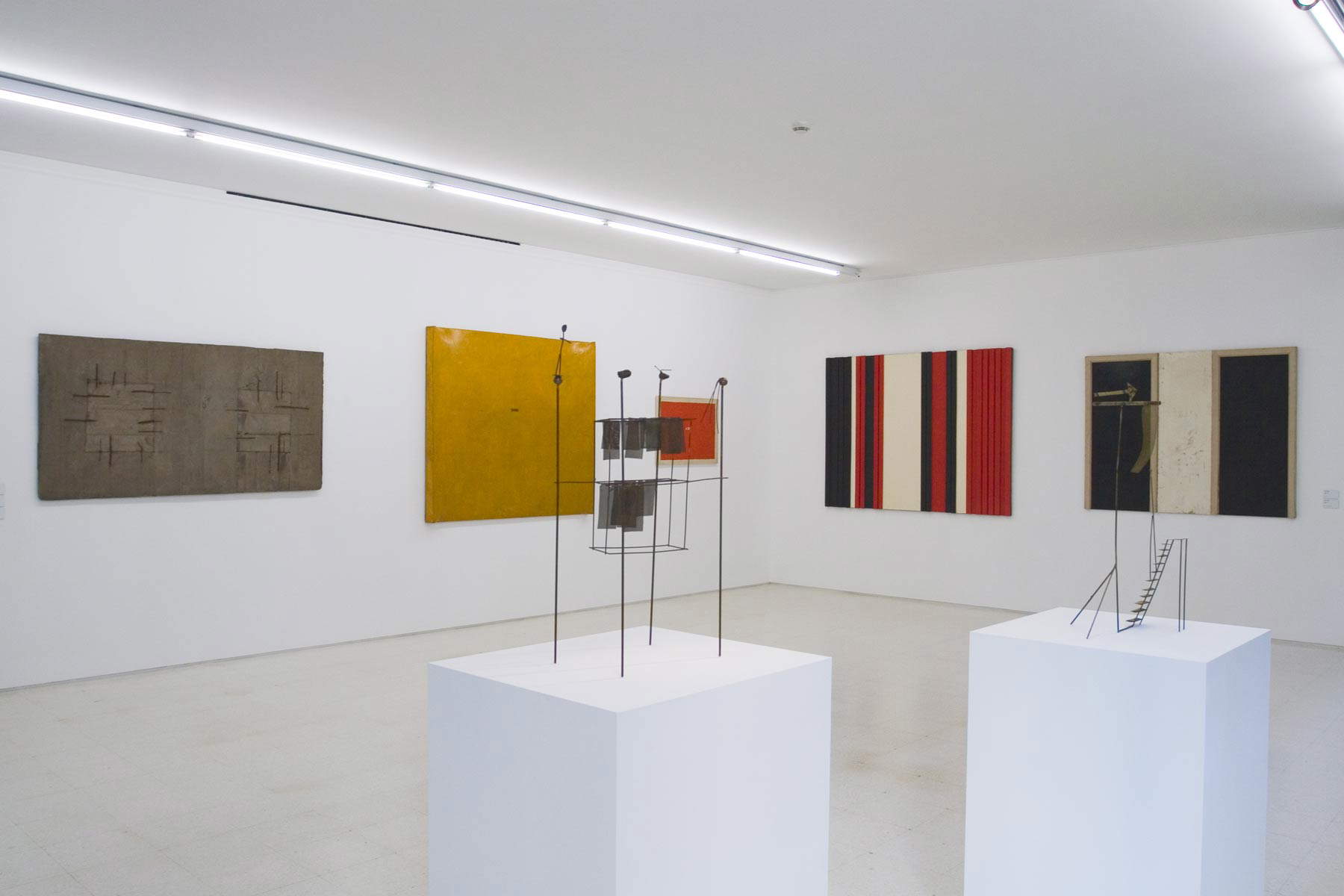 |
| Collezione Maramotti, Room view, works by Fausto Melotti, Giuseppe Uncini, Mario Schifano, Tano Festa Ph. C. Cesare Di Liborio |
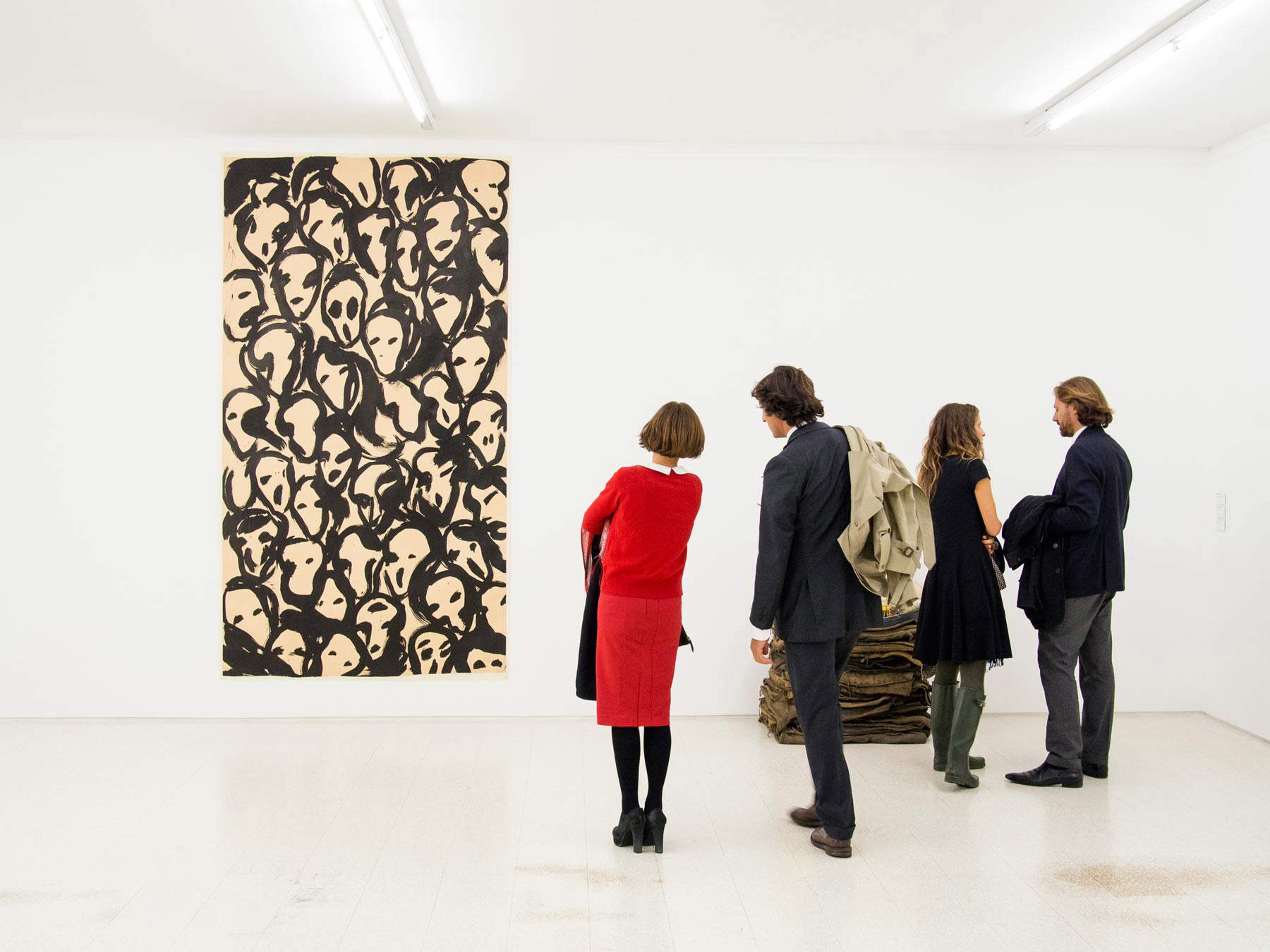 |
| Collezione Maramotti, Veduta di sala, works by / artworks by: Jannis Kounellis. Ph. C. Luis Aniceto/Cesura |
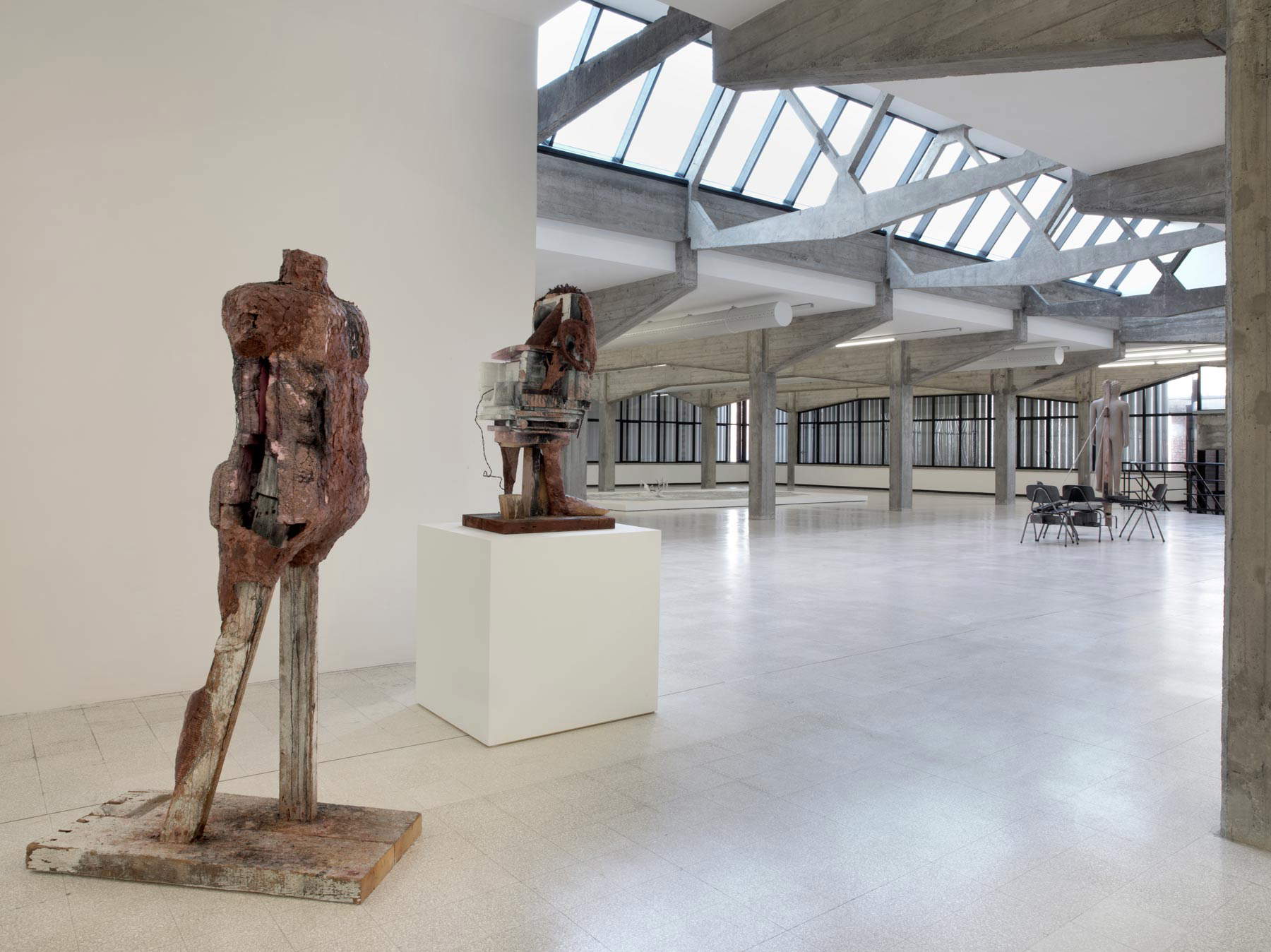 |
| Collezione Maramotti, Room view, open space 2nd floor, works by / artworks by: Huma Bhabha, Mark Manders, Erick Swenson Ph. C. Dario Lasagni |
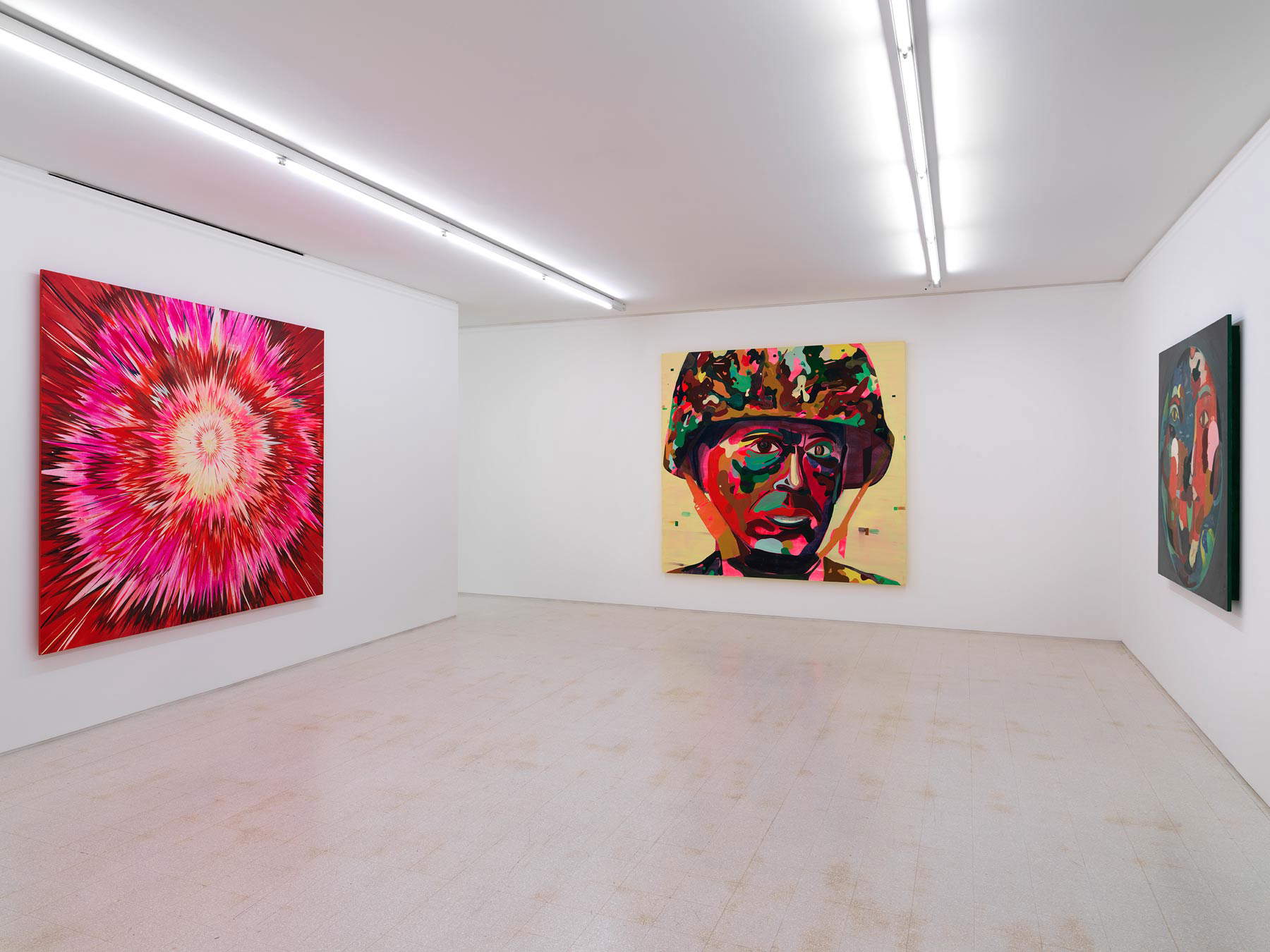 |
| Collezione Maramotti, Room view, works by Jules De Balincourt. Ph. C. Dario Lasagni |
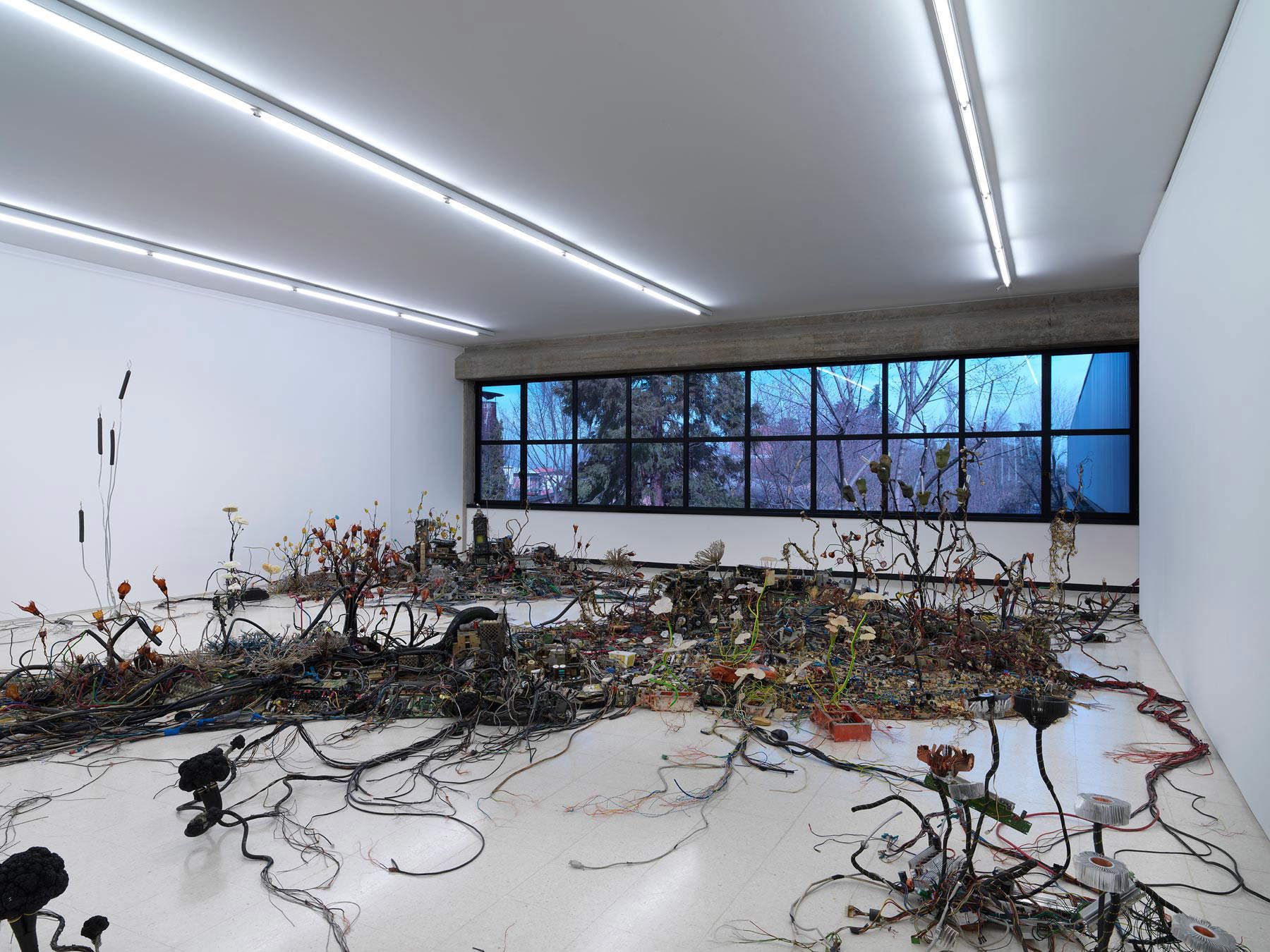 |
| Collezione Maramotti, Hall view, works by Krištof Kintera Ph. C. Dario Lasagni |
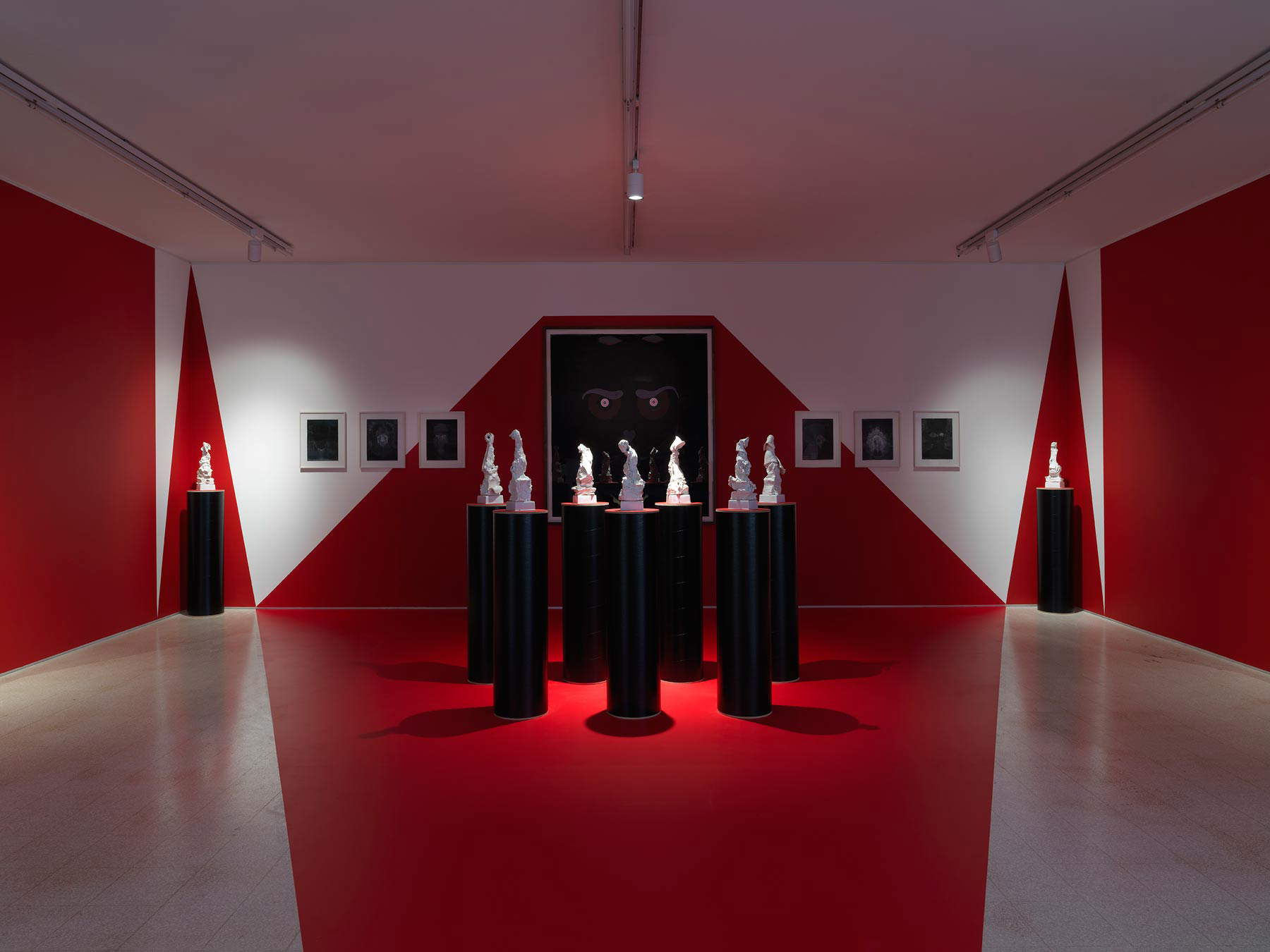 |
| Collezione Maramotti, Hall view, works by Gert&Uwe Tobias Ph. C. Dario Lasagni |
 |
| Collezione Maramotti Room view, works by Christopher Wool, Rosemarie Trockel Ph. C. Dario Lasagni |
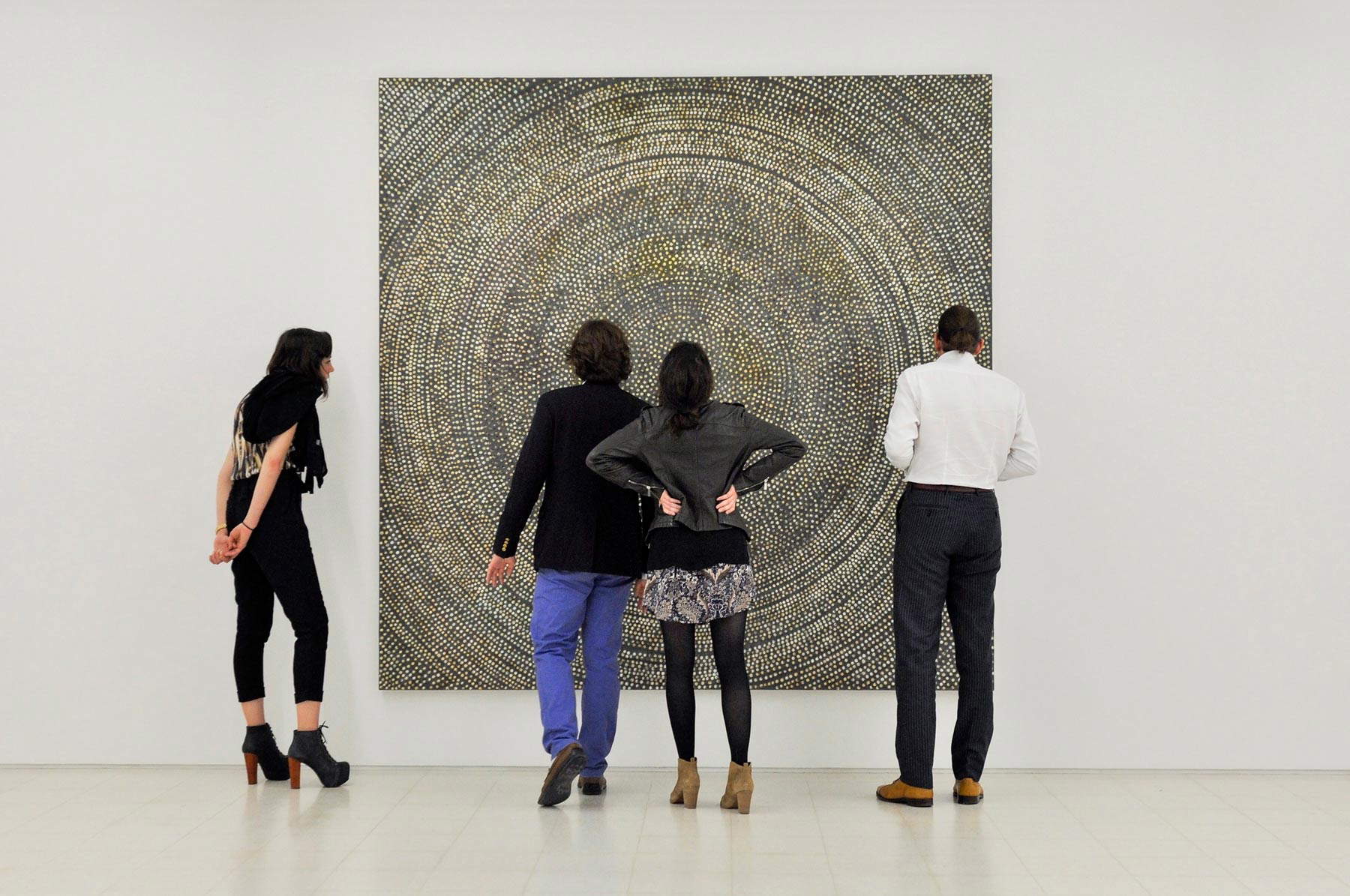 |
| Collezione Maramotti Interior view, work by Ross Bleckner Ph. C. Luis Aniceto/Cesura |
In the presentation of the Collezione Maramotti we read that the Collection looks to the future of art with a particular and constant attention to the evolution of new artistic languages, especially painting and the critical questioning of the status of the work of art. From this point of view, what do you think is in store for us in the short term in contemporary art?
Painting is an ancient language that, even through periods of questioning, has never stopped. Right now it seems to me that lattention and a certain sensitivity to painting are returning high, but regardless of periodic fluctuations in criticism or taste, artists will continue to confront the full potential of this medium. Which can also become a vehicle, along with other forms of artistic expression (of which the Collection is not without), for an interrogation of the value and meaning of creation and of the work itself, today. How does unopera relate to life, what questions does it pose, what other looks does it offer, what does it question, what experience (cognitive, intellectual, sensory) does it bear, what does it set in motion? Through what endomaterial images, quoting writer Nadia Fusini, can artists positively put us in crisis, can they generate an active response in the viewer, a change of gaze, an unprecedented perception, an action?
Through various projects, Collezione Maramotti has given space over the years to young artists. Do you already have projects planned in this regard?
We are planning to open an exhibition at the end of February by ruby onyinyechi amanze, an artist born in 1982 in Nigeria, who lives between Philadelphia and New York. It will be her first exhibition in Italy, as is often the case with the projects we present. Amanze has created a new multidimensional design for the Collection’s Pattern Room, working on a monumental scale never before experienced. The long central wall of the room will be completely covered by 15 large sheets of thick cotton paper on which the artist has intervened using different techniques. Amanze explores paper as an almost sculptural medium, to be manipulated and whose strengths and fragilities she experiments with. Her imagery is inhabited by recurring figures and elements (humans, hybrids, objects, architecture) through which to investigate the concept of space. Then in the fall we will present a new project by Bruno Pogačnik Tremow and Ivana Vukšić (born 1981 in Croatia, based in New York), known as TARWUK, who are now working on the last of the four large sculptures we will exhibit, along with a series of drawings.
The Maramotti Collection is currently based in the building where Achille Maramotti founded Max Mara, a famous fashion house, in 1951. Is there or has there been a connection between the art collection and fashion?
There is a strong connection and circular history between the family that founded and carries on the Max Mara group, which is the same family that created the darte collection, and the area where the company, family and collection have their roots. The building in which the Collection is located, which dates back to 1957 and was the original headquarters built for Max Mara, has been renovated with great respect for its industrial and creative history to accommodate the darte works. Prior to 2007, the works in the collection were not shared with the public, but some were displayed in communal areas of the factory to foster inspiration and stimulation for creative people. Max Mara has also always been a company attentive to the world of visual arts, to the involvement of artists in special projects. One example is the Max Mara Art Prize for Women, in collaboration with Whitechapel Gallery, of which the Collection is the third partner, and which is dedicated to emerging female artists working in the United Kingdom. But as far as Collezione Maramotti is concerned, we are not a dimpresa collection, we do not operate with logics that depend on the fashion world.
 |
| Collezione Maramotti, Room view, works by David Salle, Sandro Chia. Ph. C. Dario Lasagni |
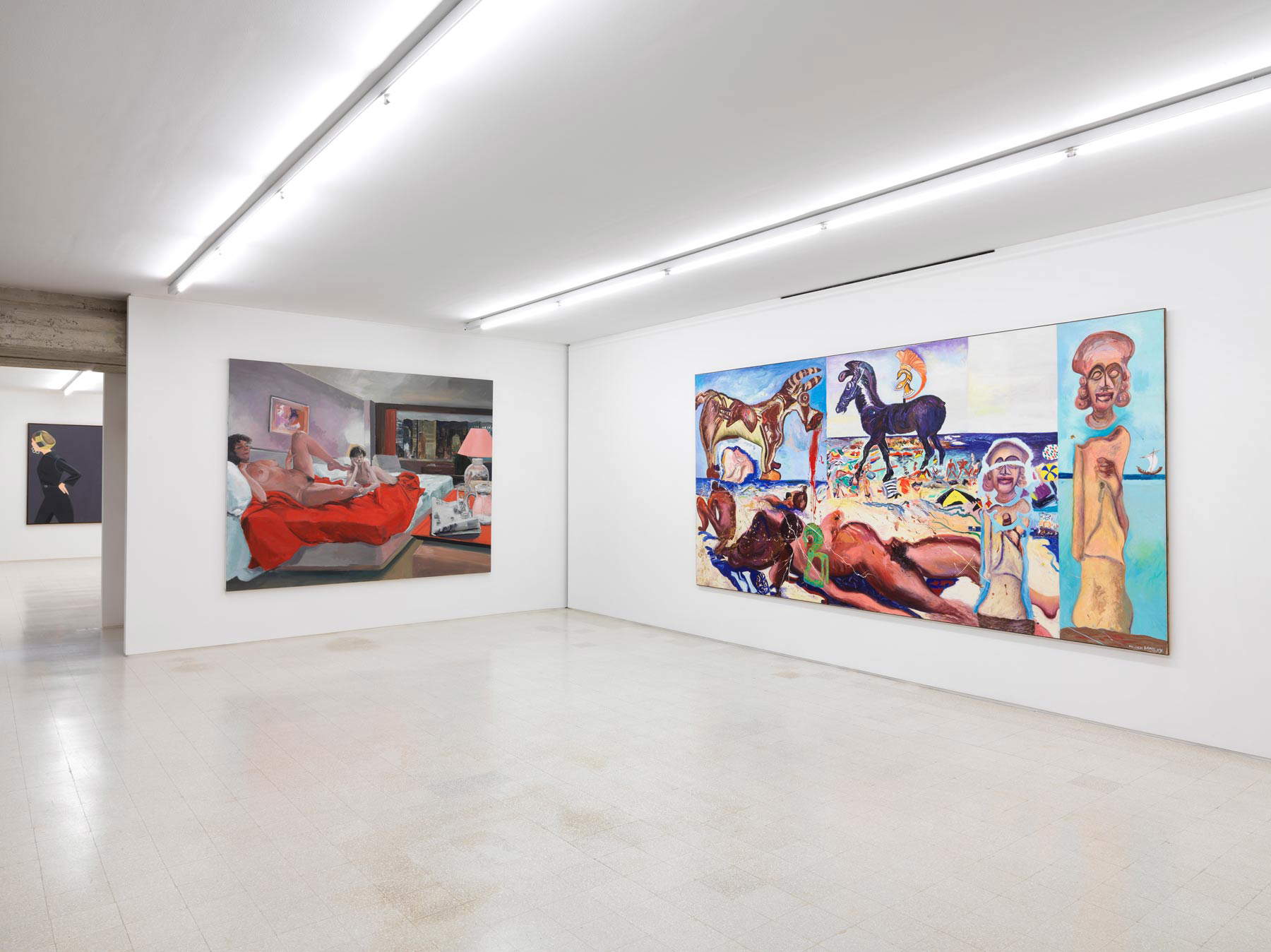 |
| Collezione Maramotti, Room view, works by Eric Fischl, Malcolm Morley Ph. C. Dario Lasagni |
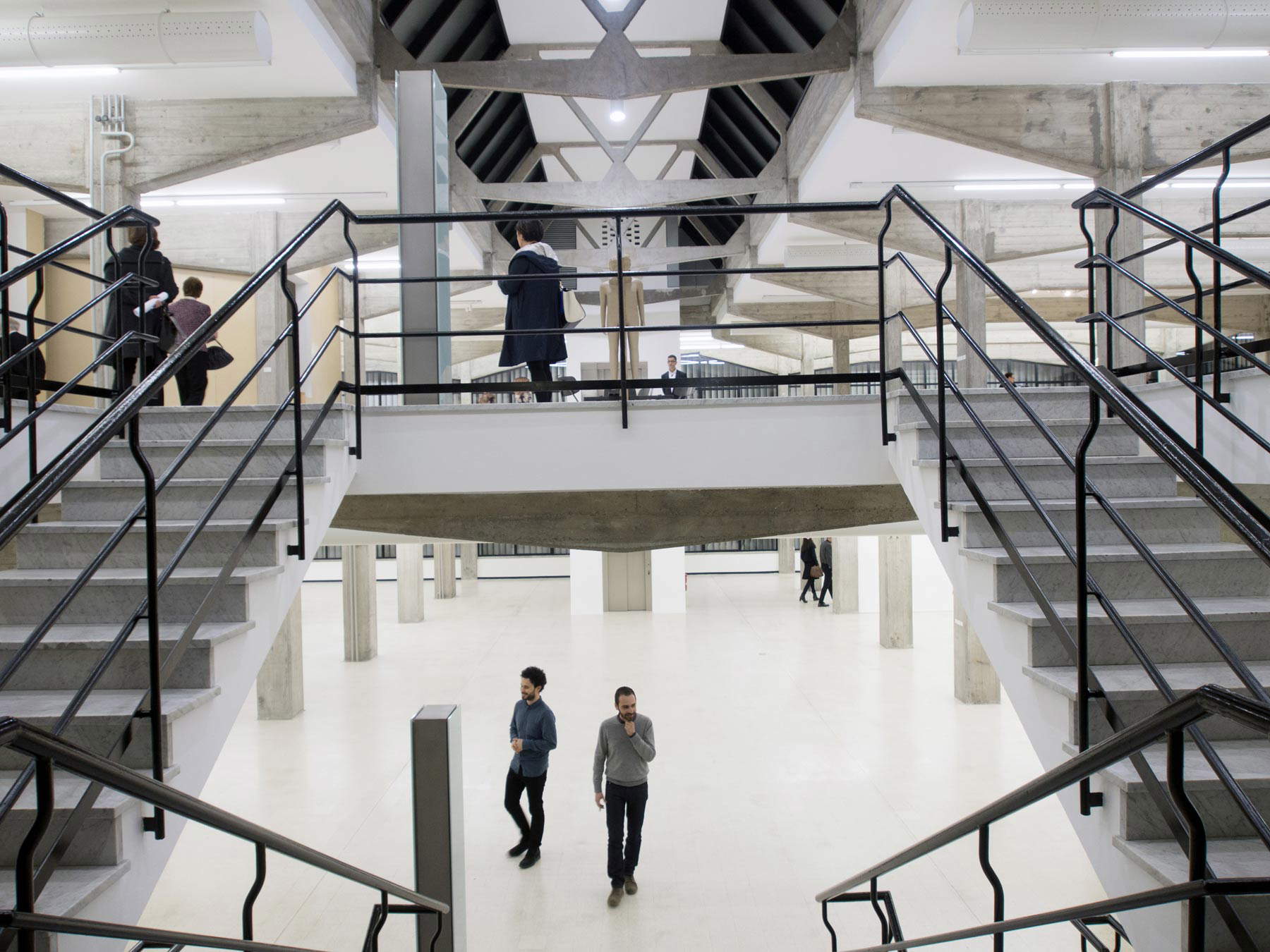 |
| Maramotti Collection, Interior view, work by Mark Manders Ph. C. Gabriele Micalizzi/Cesura |
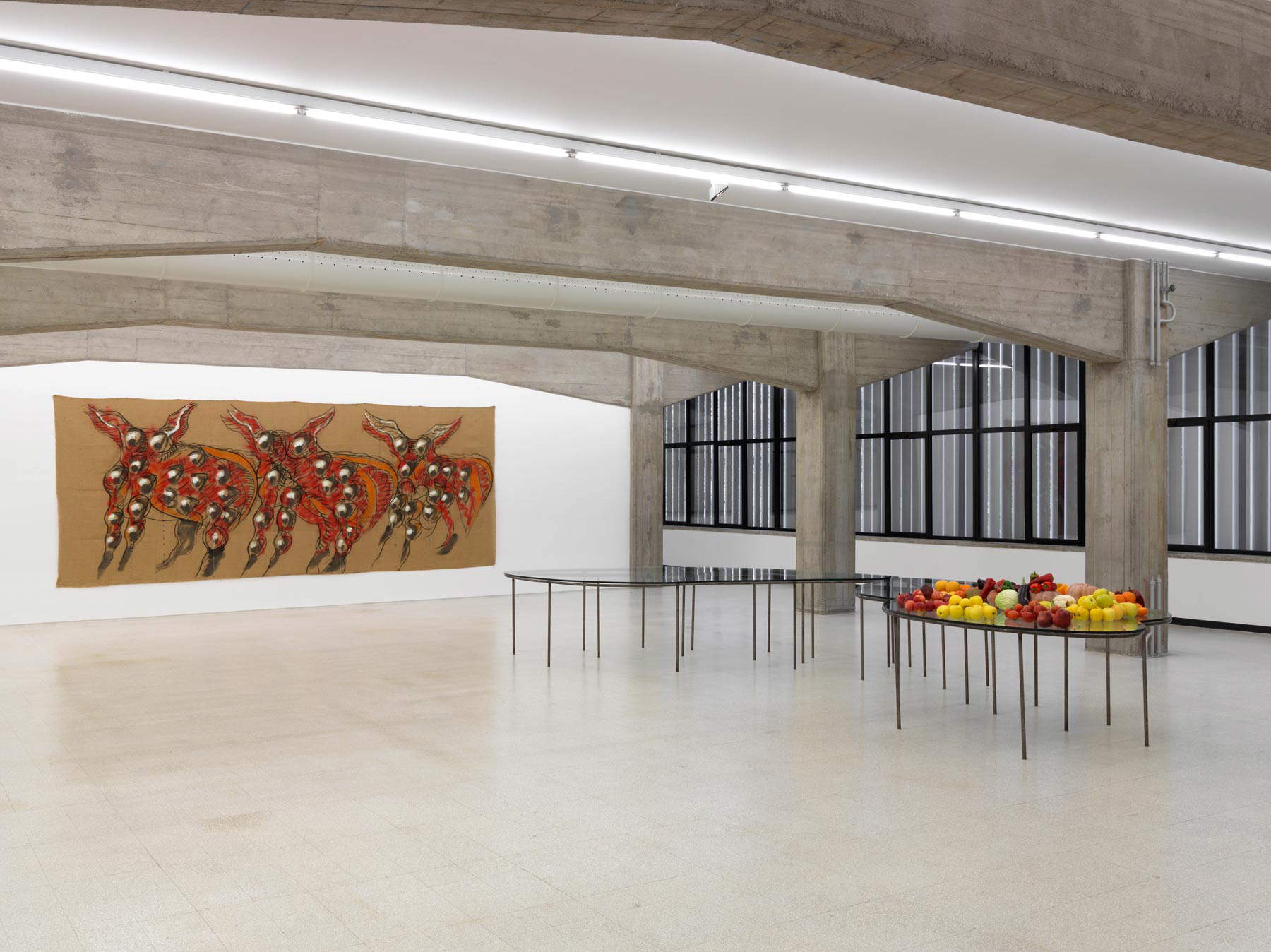 |
| Collezione Maramotti, Hall view, open space 1st floor, works by Mario Merz Ph. C. Dario Lasagni |
 |
| Collezione Maramotti, Veduta di sala, open space 1st floor, works by Anselm Kiefer, Ettore Colla Ph. C. Dario Lasagni |
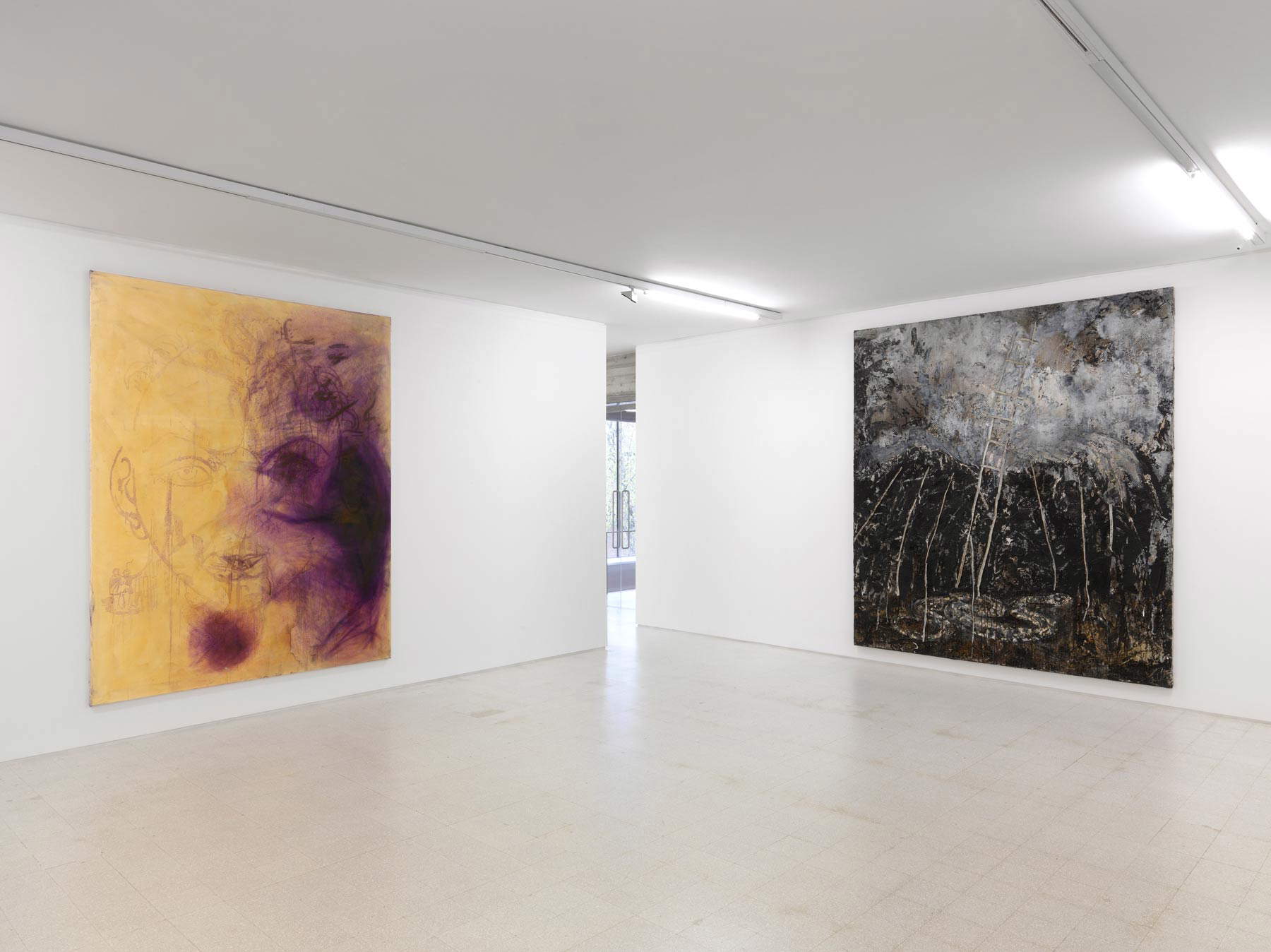 |
| Collezione Maramotti, Room view, works by Sigmar Polke, Anselm Kiefer Ph. C. Dario Lasagni |
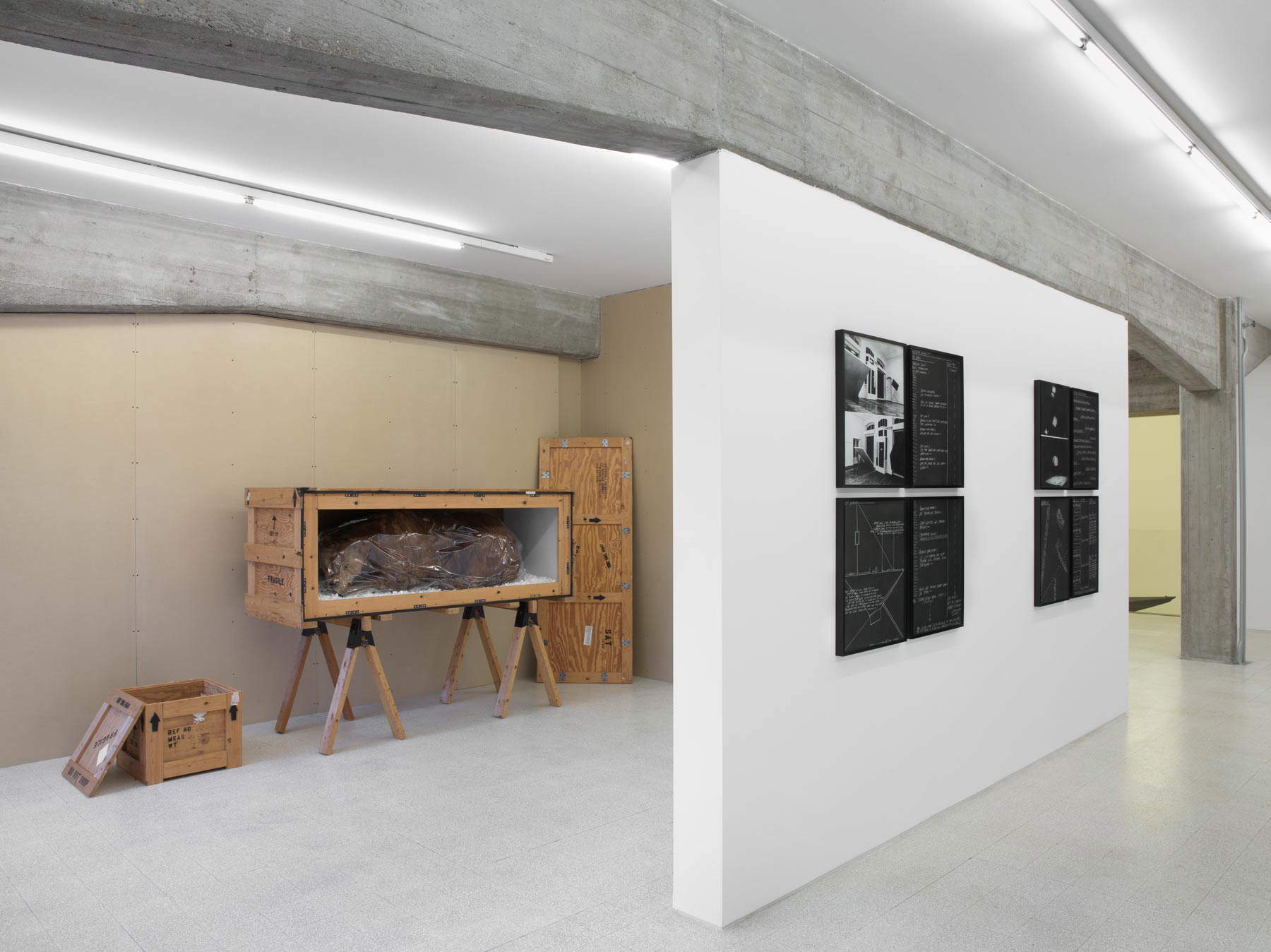 |
| Collezione Maramotti, Hall view, open space 2nd floor, works by Vito Acconci, Mark Dion Ph. C. Dario Lasagni |
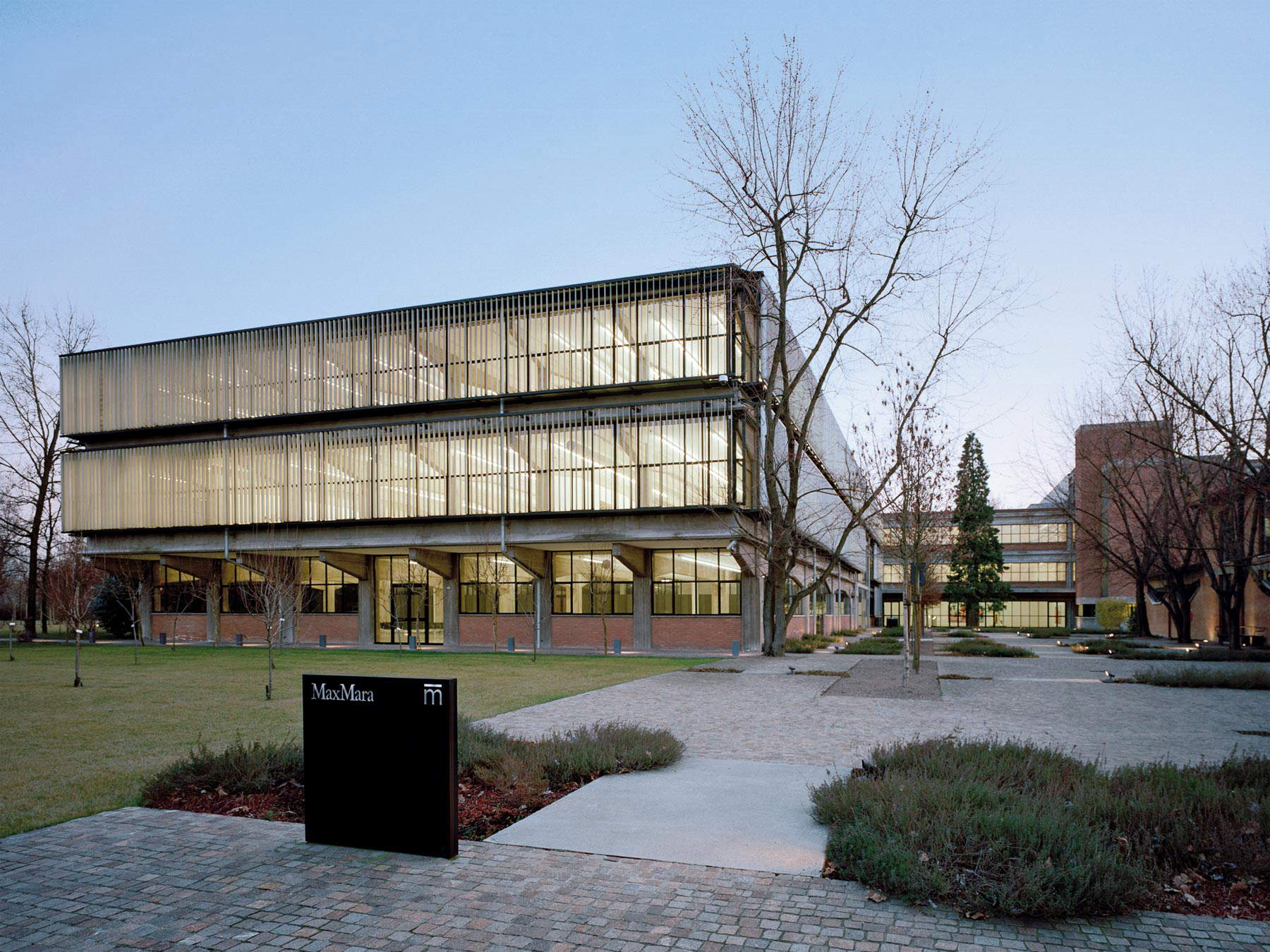 |
| Maramotti Collection. North side entrance. Ph. C. Claudia Marini |
If you were to accompany a visitor to the museum now, at this moment in history... which works from the Collection would you dwell on most?
On the ones that interest the visitor the most. That’s what we always try to do, leave room for a direct and personal relationship with the works. So words are not always required.We give information, albeit quite concise, about the history of the Collection, its identity, ledificio that houses it. But with regard to individual artists or works we are careful not to impose a predefined set of information. We prefer that each person can devote his or her own time, or any questions, to what he or she feels most akin to. The limited number of audiences we welcome, for each visit, has always been conceived in this function as well: it makes possible our daily attempt to offer personalized accompaniment.
In this pandemic period, the museum has inevitably had to focus on online. What limitations and pros has online brought to your museum? Do you think you will continue to use it even when the pandemic situation ends?
Of course online tools are a great resource and very important at this particular time, not to interrupt a form of connection with the artistic experience. But I think its use should be conscious, not improvised and structured with a long horizon. Given that the enjoyment of digital content can in no way replace a real, physical experience, it can intelligently accompany, extend and multiply the levels of exploration, perhaps focusing on in-depth themes and materials that are not normally accessible to the public. For example, we are making a series of video pills on works from our storage and rare books from our library. We have involved some of the artists represented in the Collection in the production of #paroledartist, original audio/video contributions to tell their stories and share a thought about a work, this historical moment, or their research in general. Just as we continue in the production of videos featuring interviews with artists presenting projects in our spaces. And we will continue to imagine ways and forms to give voice to artists and tell about the Collection.
To conclude, can you anticipate future exhibition projects?
In addition to ruby amanze and TARWUK, for 2021 we are working on two exhibition moments with materials from our library and our archives, in continuation of a discourse that began a few years ago but took on a form of its own and a remarkable dimension in 2019 with the exhibition Rehang: Archives. In parallel, we are continuing to collaborate with I Teatri di Reggio Emilia to present a new site-specific performance in our spaces in the fall. This would be the seventh such experience of dialogue between choreography, visual arts and architecture, having hosted the likes of Trisha Brown, Shen Wei and Dimitris Papaioannou and their companies over the years.Warning: the translation into English of the original Italian article was created using automatic tools. We undertake to review all articles, but we do not guarantee the total absence of inaccuracies in the translation due to the program. You can find the original by clicking on the ITA button. If you find any mistake,please contact us.